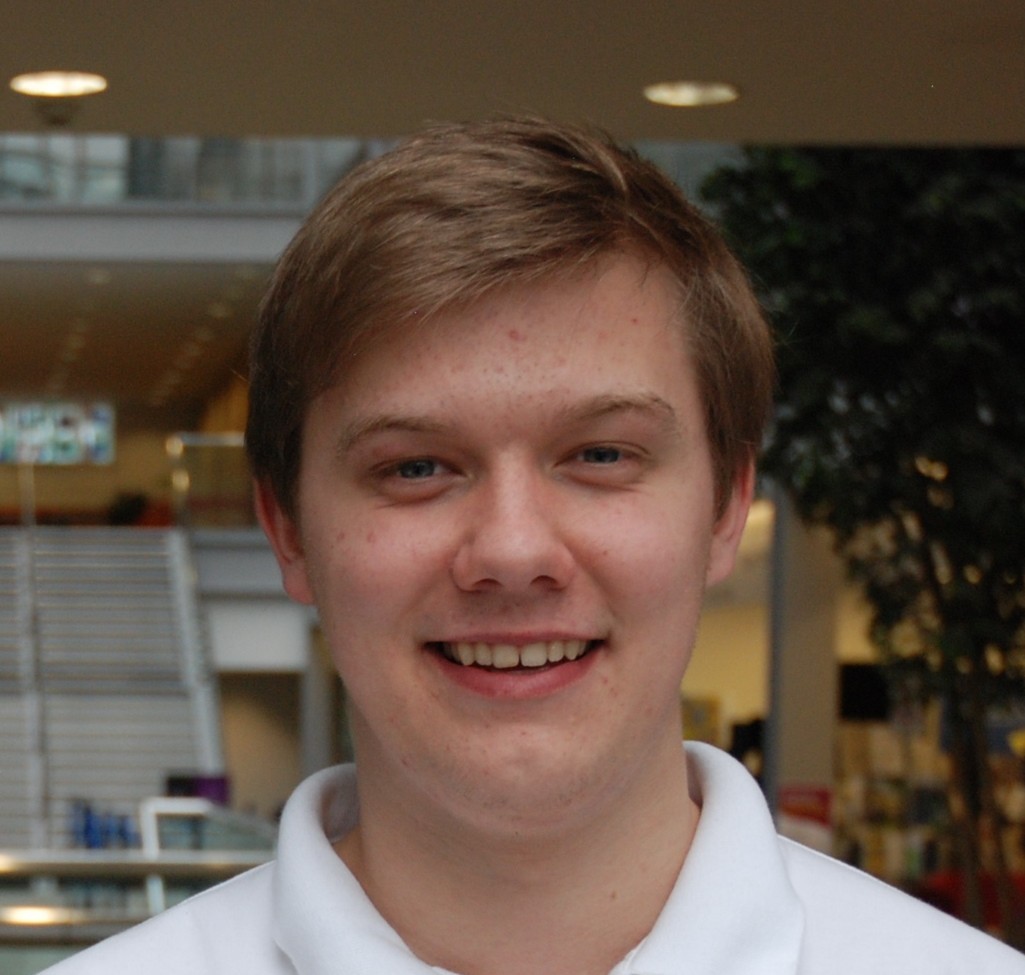An aspiring radiographer explains why a chance to help people is very important to him.
Name: Gregor Robertson
Age: 17
School: St Machar Academy
What would you like to be when you are older?
A radiographer. I have applied for diagnostic radiography at Robert Gordon University and I hope to use this degree to either work as a radiographer in a hospital or continue my studies in the medical field.
Why does this job appeal to you?
At school the subject that I found most enjoyable and exciting was human biology. I find learning about how our own bodies work and function extremely interesting.
Another subject that I found interesting at school was physics and I believe that radiography links these two topics well. I also think working within the health sector would be emotionally rewarding as this career would provide me with the opportunity to help people, something I hold as being very important.
How long have you wanted to do this?
I haven’t always known that I wanted to be a radiographer but something that I have always known is that I wanted to work in a career that helped people.
So naturally I looked into careers in the health sector and something that sparked an interest in me was radiography because it encompasses not only the subject matter I enjoy learning about but also gives me the benefits that I was looking for in a career.
Ian Henderson
Subject lead, diagnostic radiography, Robert Gordon University
Diagnostic radiographers use sophisticated technology to provide a diagnostic imaging service for patients.
This includes x-ray imaging, body scanning and a wide range of other procedures. The route to a career in diagnostic radiography is a BSc (Hons) degree. Applicants should have studied English and two science subjects from physics, chemistry, biology or maths and for standard entrants we require three Bs and a C at SQA Higher level.
Access to the course is becoming increasingly competitive, so applicants must demonstrate commitment to radiography as a career and will be interviewed as part of the selection process.
A good way to get experience to prepare for a career in radiography or other caring professions is to seek care work or work experience in a care setting. In preparation for an application to radiography it is vital to visit an x-ray department to get a sense of what the job entails.
Rapidly changing technology and evolving roles mean that this is an exciting time to be a diagnostic radiographer. It offers a mix of person-centred activity and working with digital technology that provides a valuable service to patients.
Radiographers have the satisfaction of being able to immediately see the outcomes of their work and know that they have been able to help patients get the treatment they need.
They need to be dedicated to providing a high standard of care and prepared to work in flexible ways that may include shifts or weekends.










